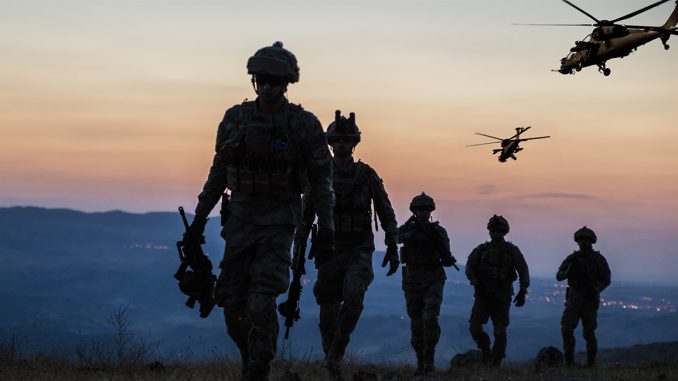
Internal U.S. Army surveys assessing morale, leadership, and the mental health of soldiers revealed concerns about workplace hostility, sexual harassment, and a poor work-life balance.
The Heritage Foundation’s Oversight Project obtained over 1900 pages of documents in response to a Freedom of Information Act request for what are called Defense Organizational Climate Surveys from 2017 from several Army Special Operations units, including Special Forces, Psychological Operations, and Civil Affairs. (The Daily Signal is Heritage’s news and commentary outlet.)
The surveys, known colloquially as “Command Climate Surveys,” are congressionally mandated unit-level surveys—usually conducted annually—that assess areas such as morale, work-life balance, leadership, mental health, and sexual assault prevention.
An internal report on the survey data sheds light on significant challenges within Special Operations units. Notably, these Army units had been subjected to a prolonged period of heightened operations over the past two decades, attributable to the specialized work they do as well as the global war on terror.
The report underscored the presence of high-stress work environments, instances of workplace hostility, and a notable deficiency in achieving a satisfactory work-life balance within these units.
One particular unit recorded an alarming 87% of responses indicating the existence of workplace hostility, such as forcing people to deploy without the equipment they needed and punishing servicemembers for simply voicing their opinions to superiors. In the same unit, the survey results indicated that 32% said that they either personally experienced or knew of people who experienced sexually harassing behaviors in the workplace.
These findings deviated significantly from the benchmarks established by the Department of Defense based on survey responses from across all military branches. The results showed that Army Special Operations units faced greater degrees of stressors than the armed forces in general.

Although the report encouraged command teams to “share the results with members of your organization”—in other words, the rank-and-file servicemembers—practical implementation of this directive seemed to be seldom observed beyond military command teams and seemed to be negated by markings on the reports the Oversight Project reviewed labeled as “Commander/ Director Eyes Only.”
Have an opinion about this article? To sound off, please email letters@DailySignal.com, and we’ll consider publishing your edited remarks in our regular “We Hear You” feature. Remember to include the URL or headline of the article plus your name and town and/or state.

Be the first to comment